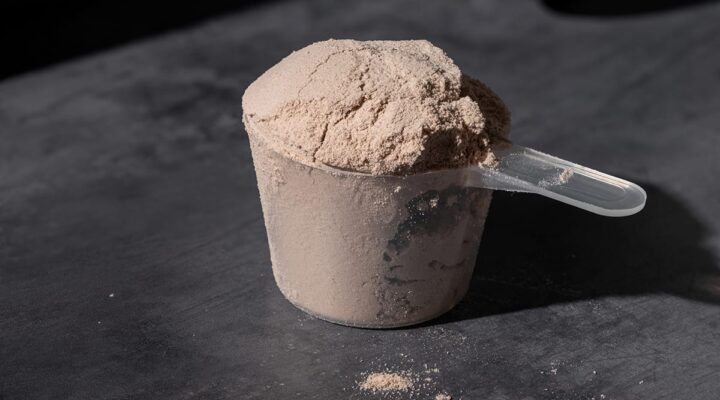Carbs & Exercise Part 4 | The Burn

By Dr Adam Collins, Form’s Head of Nutrition and Program Director for the MSc and BSc Nutrition courses at the University of Surrey. A qualified nutritionist for nearly 20 years Dr Collins is also a PhD in energy expenditure and body composition. His research interests lie in exercise nutrition, body composition, exercise intensity and energy balance, intermittent fasting and timing of food around exercise.
Having suggested in the previous sections that feeding (especially with carbohydrates) around exercise is impactful, it is important to explore the nuances of this and how it may work on an individual level. In order to understand this, we need to first describe what happens to an individual from rest, to exercise, to recovery.
Rest, Exercise, Recovery
Consider a typical cardio-type exercise of a fixed moderate intensity for at least 10 minutes or more. At the onset of exercise, you do not instantly increase your heart rate and breathing to the levels needed to supply oxygen to your muscles, as it takes a few minutes to adapt to the demands of the exercise. After this initial adaptation, you reach a steady-state, whereby the demands of the exercise are met by increased oxygen uptake and delivery to the muscles.
This period of steady-state is often what people think “aerobic” exercise is, because you can supply enough oxygen to meet this demand and so are predominantly burning fuel with oxygen. However, before you get to this steady-state, the first couple of minutes are in oxygen deficit, hence you have to rely on some anaerobic metabolism. To this extent, a so-called “aerobic exercise” will still have an anaerobic component.
When you stop exercising, you do not instantly go from exercise to rest. It takes some time for breathing and heart rate to return to normal. The reason for this is that you are effectively paying back the oxygen deficit at the start of exercise as an oxygen debt at the end – an important note to make with exercise, as one should consider the exercise recovery as well as the exercise itself. This becomes particularly key when looking at so-called “anaerobic exercise”.
“During the exercise itself – even in low-intensity exercise – you are still burning carbohydrate as the major fuel, but the amount of fat you can utilise depends on the rate of exercise intensity”
This type of exercise is typified by shorter bouts of high-intensity effort – a few minutes or seconds only – with the notion that the exercise is predominantly using the anaerobic metabolism because you cannot meet the rate of energy demand by the oxidative systems. In effect, you are doing the whole exercise in oxygen deficit. But whilst the exercise itself is in oxygen deficit, you are still increasing oxygen uptake (via elevated breathing and heart rate), and this remains elevated after the exercise is finished, in order for you to pay back your oxygen debt.
Hence, the exercise is anaerobic but the recovery is aerobic. So really, there is no such thing as aerobic or anaerobic exercise as every exercise has an aerobic and an anaerobic component.
What Burns When
Now let us consider this transition to exercise and recovery from a fuel perspective.
At rest, you are using a combination of carbohydrate and fat as a fuel, but at the onset of exercise (whilst in oxygen deficit), or in high-intensity exercise, you are predominantly burning carbohydrate as fuel.
Nevertheless, the stimulus of exercise releases catecholamines (adrenalin and noradrenalin), your fight-or-flight response, which starts to also liberate fatty acids from adipose tissue and glycogen from the liver, ready for use. The higher the intensity, the higher the catecholamine release. During the exercise itself – even in low-intensity exercise – you are still burning carbohydrate as the major fuel, but the amount of fat you can utilise depends on the rate of energy demand (exercise intensity).
When the exercise has stopped and you enter recovery, the body is still full of adrenaline, and you start to switch to burning fat, sparing the glucose so you can replace your spent glucose stores. Even after paying back your oxygen debt, you still have excessive post-exercise oxygen consumption (EPOC).
This EPOC is often called the ”afterburn” effect of exercise, but has nothing to do with burning calories. Instead, it’s about keeping oxygen supply higher so you can burn fat.
All of which is to say that exercise burns carbs to fuel the activity, while recovery is concerned with burning fat to replenish carbs.
In the final part of this series, we’ll explore how carbohydrate fuelling can differ for men and women.
Fueling for Competition | Training Low | Athlete vs Average | Men vs Women


















